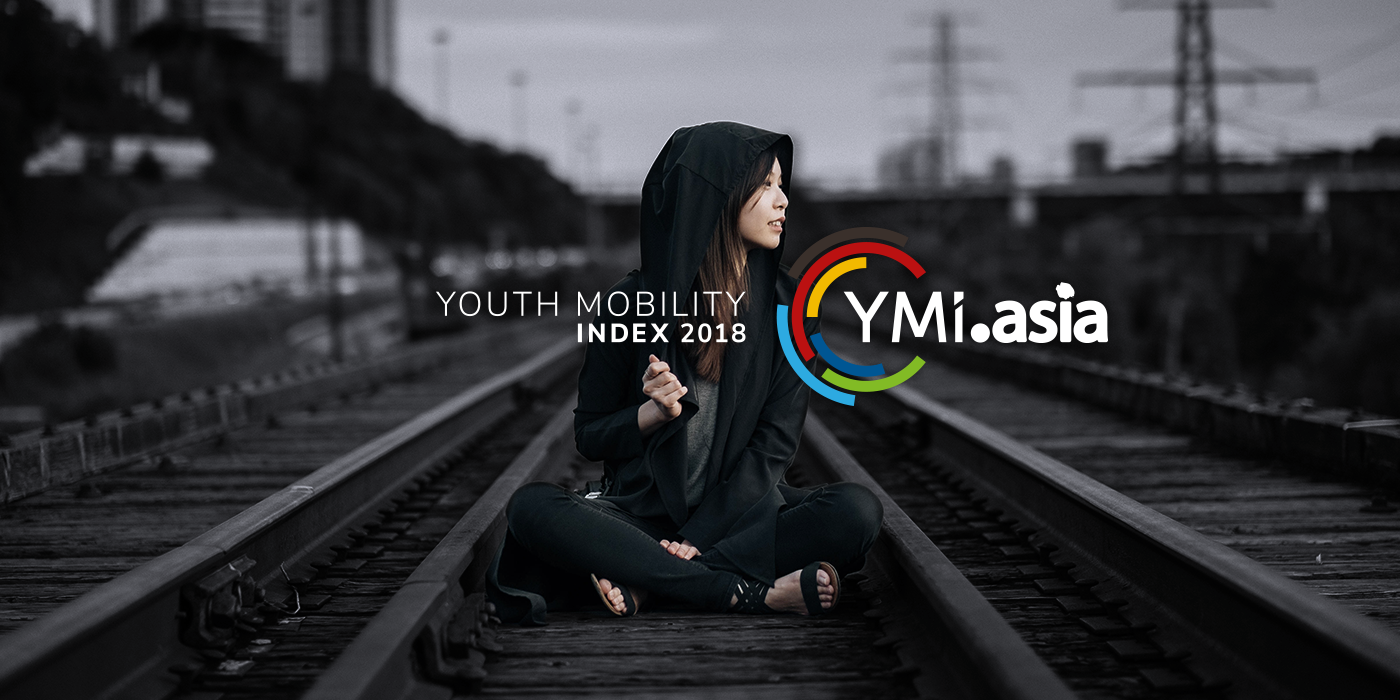Asian millennials are often put in the spotlight especially when it comes to the global economy or consumer market, being named as potential big spenders. The millennials, particularly in China and India, have demonstrated superior spending power. According to MasterCard, by 2020 the majority (60%) of the world’s millennials (18-29) will live in Asia. With an expected US$200 billion in disposable income, these millennials will have more spending power than any generation that has come before. Therefore, everyone is asking, “How do Asian millennials want to spend?” and wish to see how it shapes the future of the economy in Asia.

EAT
Unlike the previous generations, most Asian millennials refused to make owning a property or car a high priority.. A survey from CBRE found that though 65% of millennials in Asia Pacific aspired to get a place of their own, 63% live with their parents. With their monthly income at their disposal and the choice of living in their parents’ home, they opt to focus on the quality of life. Compared to baby boomers, Asian millennials eat out more often with preference on healthy cuisines and quality of food ingredients. The fast-casual restaurants that offer higher quality food than the fast food chains and offer lower price than those casual dining venues, are earning popularity in Asia. Most importantly, the dishes and the restaurant décor have to be “Instagrammable”.

PLAY
Being dedicated to unique life experiences, the Asian millennials travel frequently during their leisure time. According to MasterCard research, they are more likely to prioritize spending on experiences, such as travel. In Overall, Asian millennial travellers are more budget conscious, with a greater preference for budget accommodation and transportation options while travelling within the region especially those from countries like Indonesia and India. Chinese millennials are vastly different as they prefer to spend more with world-renowned destinations, such as USA, Japan and Hong Kong. Flying business class and staying at 4-star or higher-grade accommodations are always their choices, as reported by Asia Travel Leaders Summit. What’s in common among these Asian millennials? They all love to share their experience through platforms such as blogs, travel review sites or uploading photos or status updates through social media, which even becomes the reasons why they travel.

LOVE
In pursuit of life quality, Asian millennials tend to enjoy what technology brings them. The Ipsos Loyalty Report said 85% of Thai millennials agree that technology gives them more freedom of mobility and cannot live without a smartphone, while 78% of Malaysian millennials agree that they like technology that allows them to tailor things to fit their needs. These digital natives claimed they use it to connect with people, to remind them what to do, to wake them up and to transfer money. Online shopping is another habit driven by the high penetration of the mobile device usage. In 2015, there were 79% of Asian millennials shopped online, which was the highest in the world with China and India topping the list, followed by Singapore. Though countries like Indonesia and Philippines fall behind, the millennials from these countries will hit the online purchase targets as they grow older in the coming five years to possess such spending power.
To discover what moves young Asians, learn more about the Youth Mobility Index (YMi.asia) at www.ymi.asia

| YMI 2018 Reports | |
|---|---|
| PDF HTML | YMI 2018 REPORT |
| ALL LOCALES | |
| PDF HTML | BANGLADESH |
| PDF HTML | BHUTAN |
| PDF HTML | CHINA |
| PDF HTML | HONG KONG |
| PDF HTML | INDONESIA |
| PDF HTML | INDIA |
| PDF HTML | JAPAN |
| PDF HTML | CAMBODIA |
| PDF HTML | KOREA |
| PDF HTML | LAOS |
| PDF HTML | SRI LANKA |
| PDF HTML | MYANMAR |
| PDF HTML | MALAYSIA |
| PDF HTML | NEPAL |
| PDF HTML | PHILIPPINES |
| PDF HTML | PAKISTAN |
| PDF HTML | SINGAPORE |
| PDF HTML | THAILAND |
| PDF HTML | TAIWAN |
| PDF HTML | VIETNAM |
Understand Asian Millennials through their most wanted workplace designs
As reported in Pwc’s Annual Global CEO Survey, by 2020, Millennials will be dominating and form more than 50% of the workforce. The CEO respondents in the survey said attracting and keeping younger workers is one of their biggest talent challenges, which is aligned with what stated in YMI Report 2018 that today’s youth is opting for mobility as a progressive form of stability. To attract and retain best talents, modern workplace design has become an important tactic.
The Digital Natives’ Republic of Asia
It’s not a news that Asia tops the charts of internet and mobile growth. Indeed, in the past decade, Asia maintained an outperform position when compared to the rest of the other localities in the world with regards to the Internet or the mobile phone usage. Taking a closer look in Asia, on the top of the Internet population ranking, Japan (94%), South Korea (92%) and Taiwan (88%) poised to be the leading localities, according to Youth Mobility Index (YMI.Asia)
Stay or move on? Welcome to the Age of Mobility.
Job stability or employee loyalty has been highly praised for long in the past. As a staff of a company, you are expected to stay for a long term to gain solid experience and climb to the top of the corporate ladder. After decades of generational changes, employment remains equally important among youth. However…




